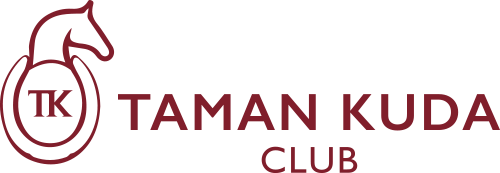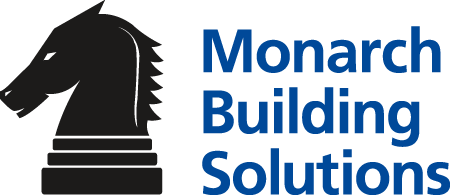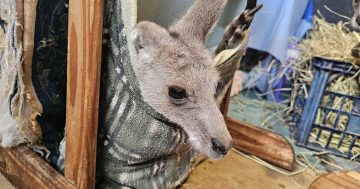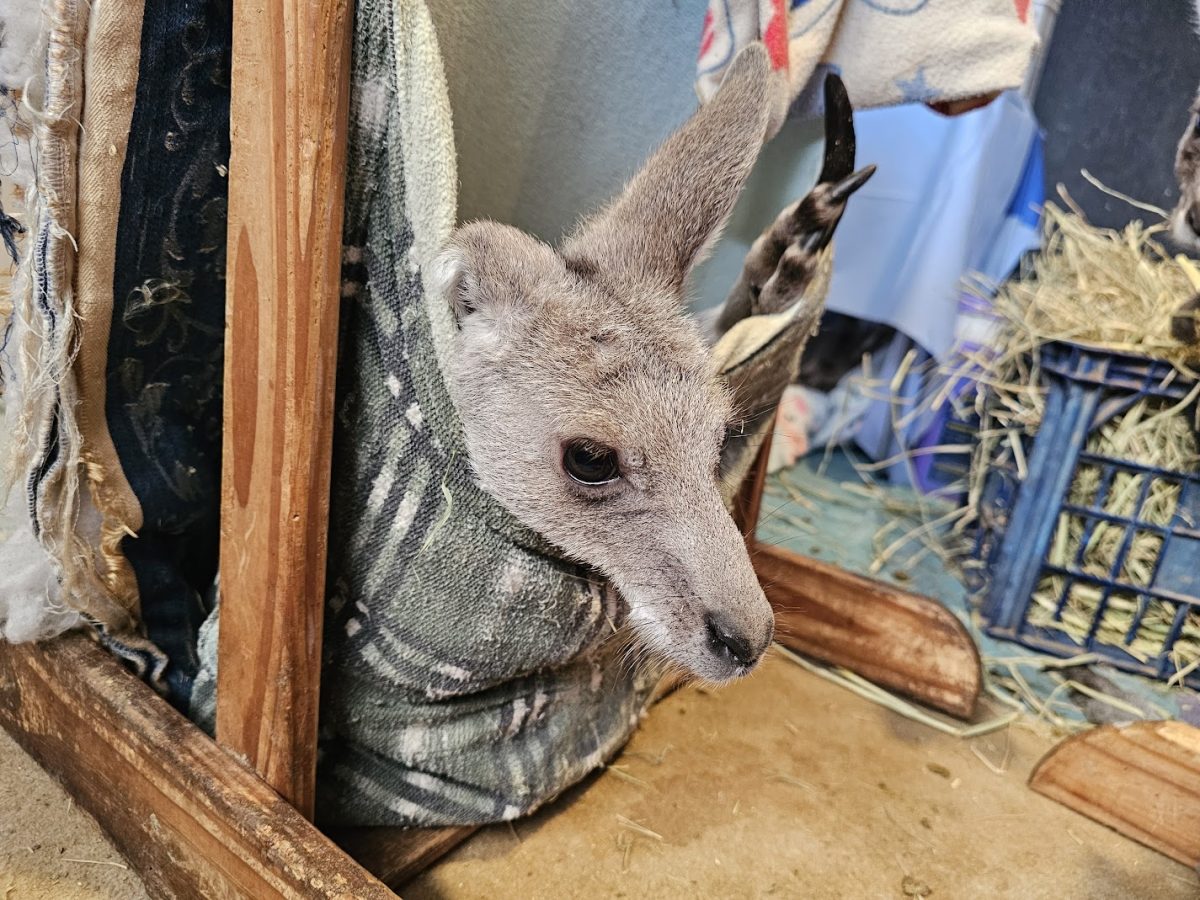
Kangaroos have nervous systems similar to humans and can experience complex emotions and stress responses, a research area in which Possumwood is at the forefront. Photo: Hayley Nicholls.
On a peaceful bushland hilltop in Wamboin, NSW, Possumwood Wildlife is quietly changing the landscape for native animal care in Australia.
Where many animal services treat wildlife as an afterthought, Possumwood was purpose-built to cater to their unique needs. Part hospital, part rehabilitation centre, and part training facility, its founders believe Australia needs to better protect our native animals by learning directly from them.
Professor Steve Garlick and Dr Rosemary Austen began rescuing native wildlife 25 years ago, taking animals into their home and leveraging their expertise to provide them with care. Today, Possumwood has evolved to be one of Australia’s most comprehensive wildlife-specific veterinary and rehabilitation facilities, and a significant research hub.
Professor Garlick is a higher education and spatial economics specialist, applied ethicist, and the founder and long-term past-president of the Animal Justice Party; while Dr Austen is a general practitioner with qualifications in biochemistry, chemistry, zoology and biotechnology.
“We call this the Brat Room”, Professor Garlick jokes, revealing a veritable kangaroo kids’ club, where little joeys hung their heads out of quilted pouches or lay around leisurely on cushions. One curious resident hopped over to curiously nibble at my shoelaces.
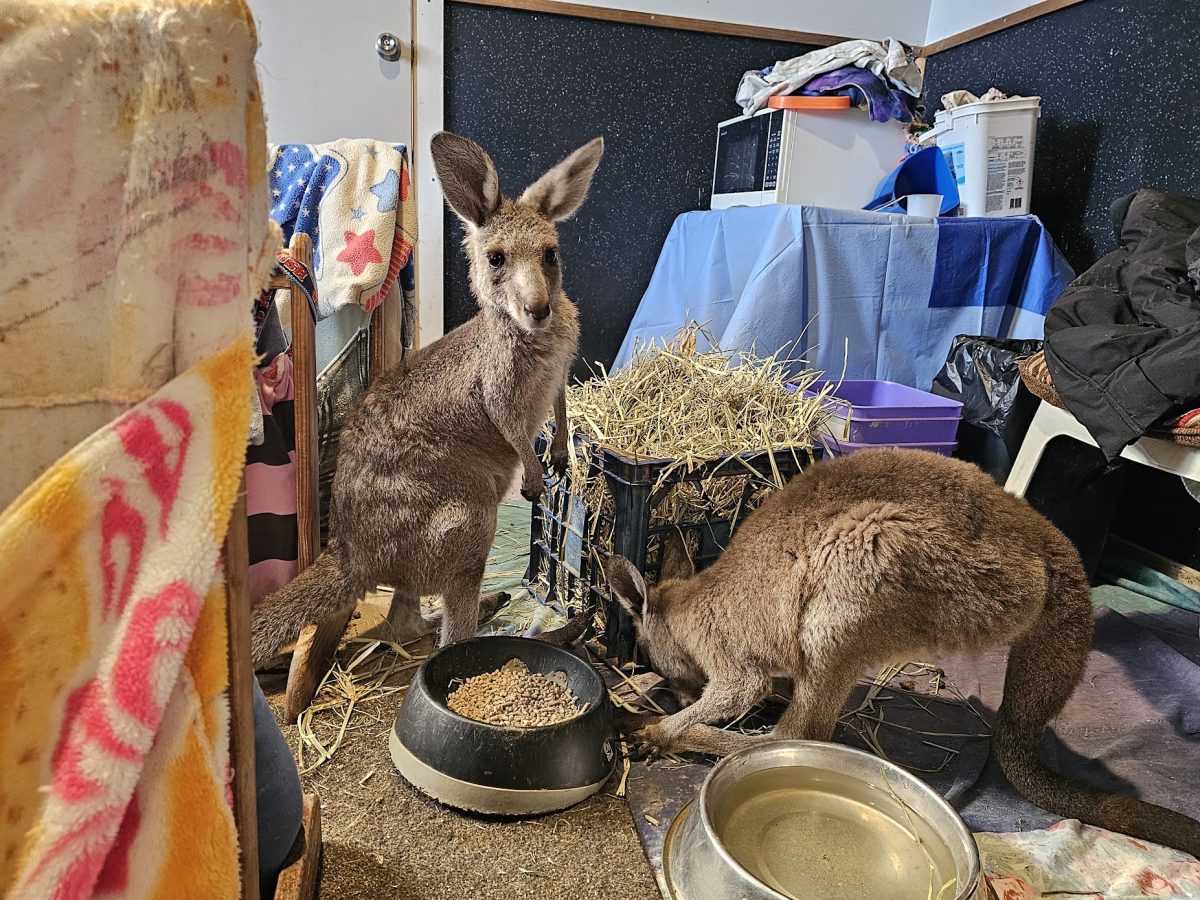
Indoor rehabilitation space is limited, reserved for the gravely injured and, of course, the ‘daycare’ centre. Photo: Hayley Nicholls.
Possumwood’s main building – the original residence – now consists of a small (but mighty) veterinary hospital, multiple indoor rehabilitation spaces, and accommodation for six live-in volunteers.
“It is not your typical vet surgery,” he notes, stepping over a 40kg kangaroo recovering from a pelvic injury.
In the smallest yard, I’m introduced to the animals who need close monitoring, hands-on treatment or regular medication. A series of larger outdoor enclosures caters for animals at every stage of their recovery. Once strong enough, animals are released away from built-up areas using carefully developed translocation methods, resulting in a near 100 per cent success rate.
Established in response to the 2019–20 bushfires, Possumwood provided boots-on-the-ground rescue efforts in fire-affected areas before rapidly evolving into a major triage centre and makeshift veterinary surgery.
After that, Professor Garlick and Dr Austen knew Australia needed more capacity when it came to wildlife care and rehabilitation.
“We were disillusioned by the limited knowledge veterinarians had about injured wildlife needs, and the lack of vets prepared to treat them,” says Professor Garlick. “We decided we had to do something about this – and we’ve dedicated this hospital to the estimated three billion animals that died in the fires.”
Shortly thereafter, Possumwood became the first fully licensed general veterinary hospital in the state dedicated exclusively to wildlife.
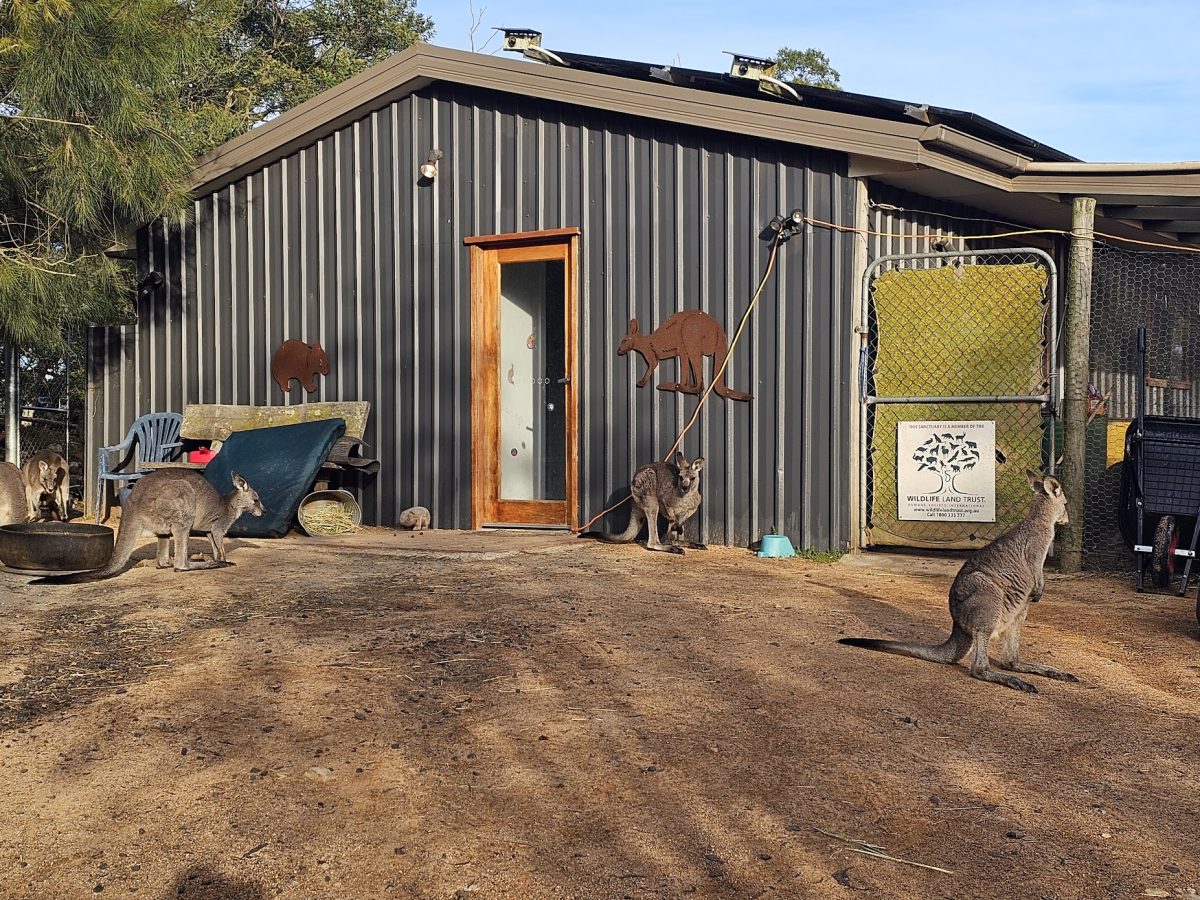
Professor Garlick says Possumwood is ‘not your typical vet surgery’. Photo: Hayley Nicholls.
According to Professor Garlick, despite lessons learnt during the bushfire disaster, there is still not enough help available for Australian native animals.
He recalls a recent case involving a young rescued wombat diagnosed with an enlarged heart, which required a blood transfusion from a healthy donor wombat of the same age. While other veterinarians were unable to perform the required procedure, the team at Possumwood had complete success.
It might seem a complex intervention, but at Possumwood, they believe every life matters – and saving one can teach us how to safeguard the future of many.
“Koalas were hunted freely only about 50 years ago, and they’re now a threatened species – it’s conceivable that kangaroos and wombats could be next,” said Professor Garlick.
“People think there are plenty, but in some places, kangaroos have become regionally extinct.”
Possumwood works to share their knowledge by inviting volunteer veterinarians from across the region and beyond to visit, providing much-needed assistance in the veterinary hospital while also up-skilling.
“From a learning point of view, it provides on-the-job training and demonstration,” says Professor Garlick.
“Initially they bring their knowledge based on their experience with dogs and cats, but quickly realise that treating wildlife is entirely different.”
In addition, Professor Garlick and Dr Austen use their work to contribute to scientific research in wildlife rehabilitation, ethics and animal behaviour.
“For example, we work with the autonomic nervous system to address distress and trauma. We’ve come a long way in understanding stress and how to treat it. Our high success rate isn’t because we know how to treat wounds, but how to treat stress.”
Now, Possumwood is preparing for another ambitious challenge: the creation of a purpose-built Learning Centre, designed to share their learnings more widely.
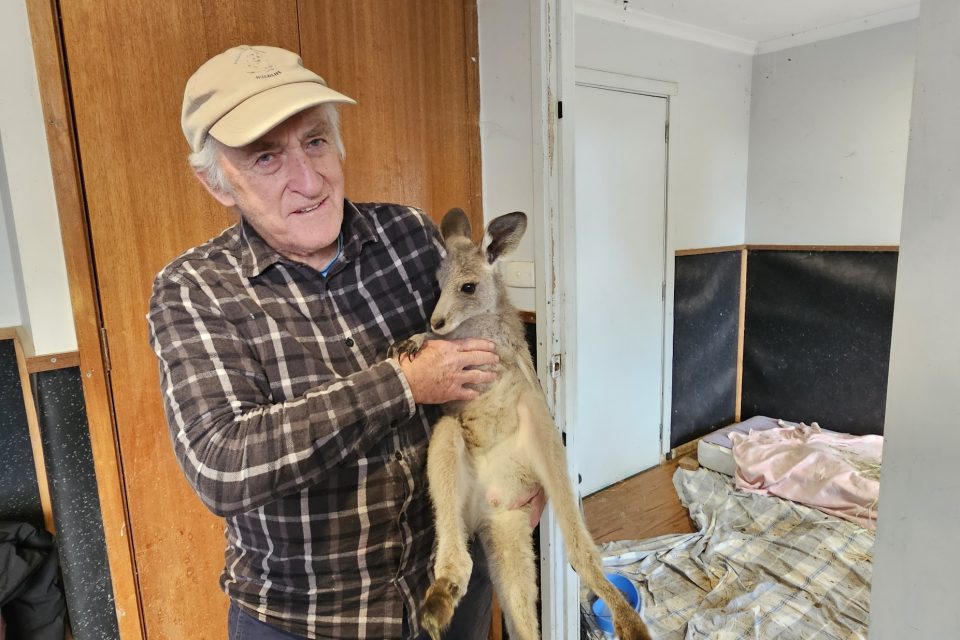
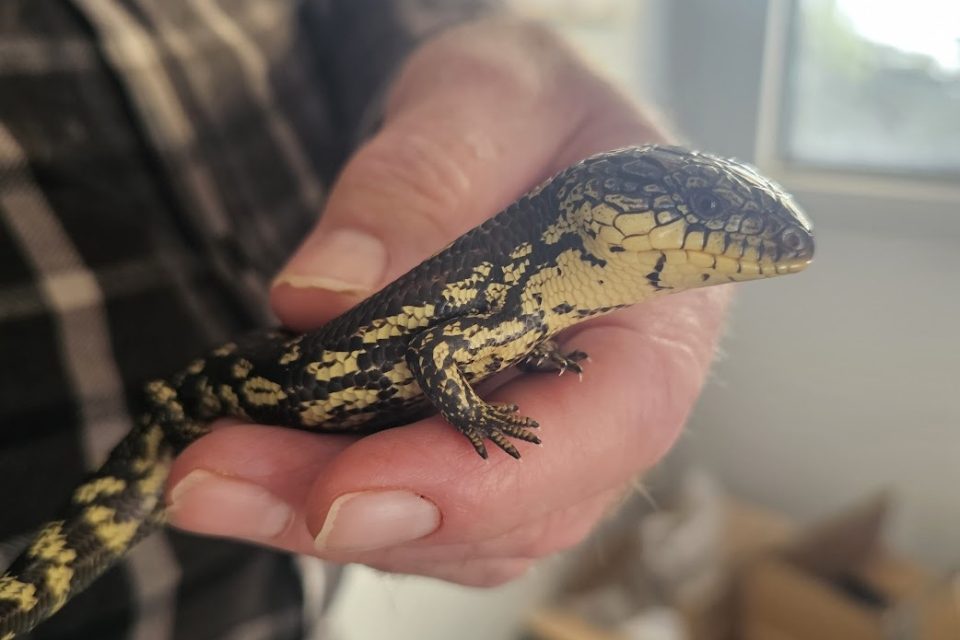
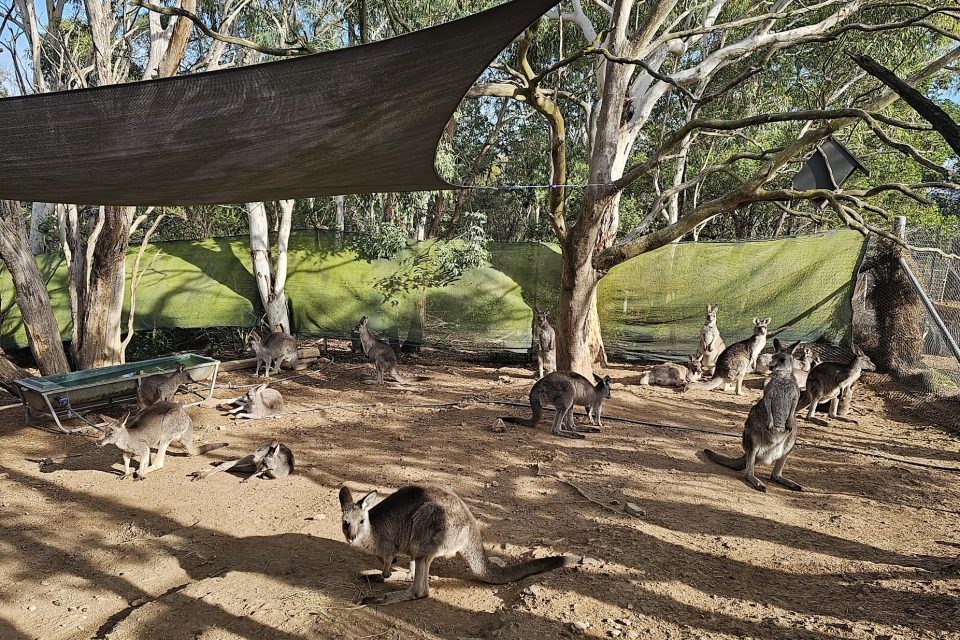
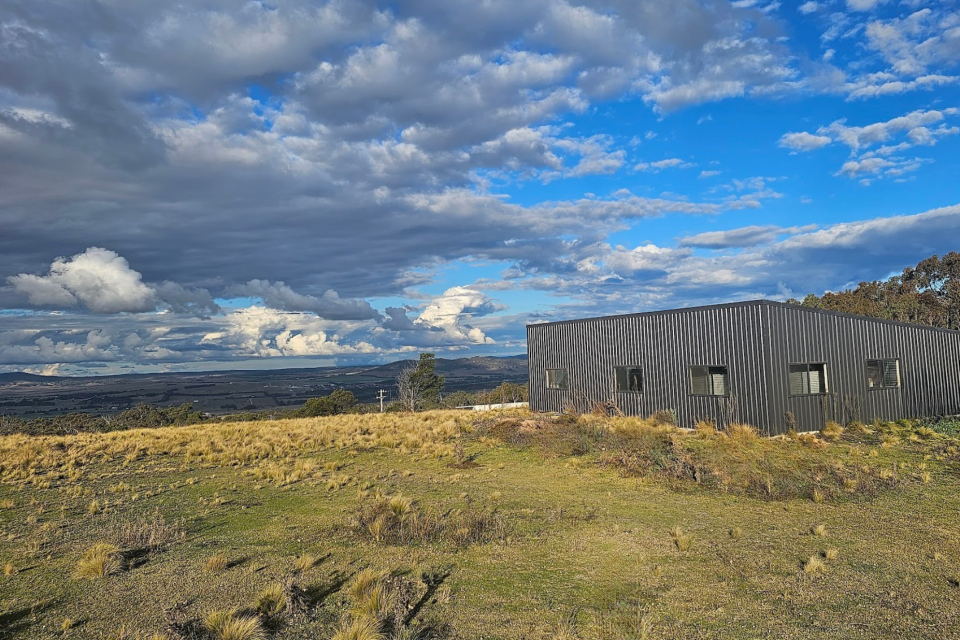
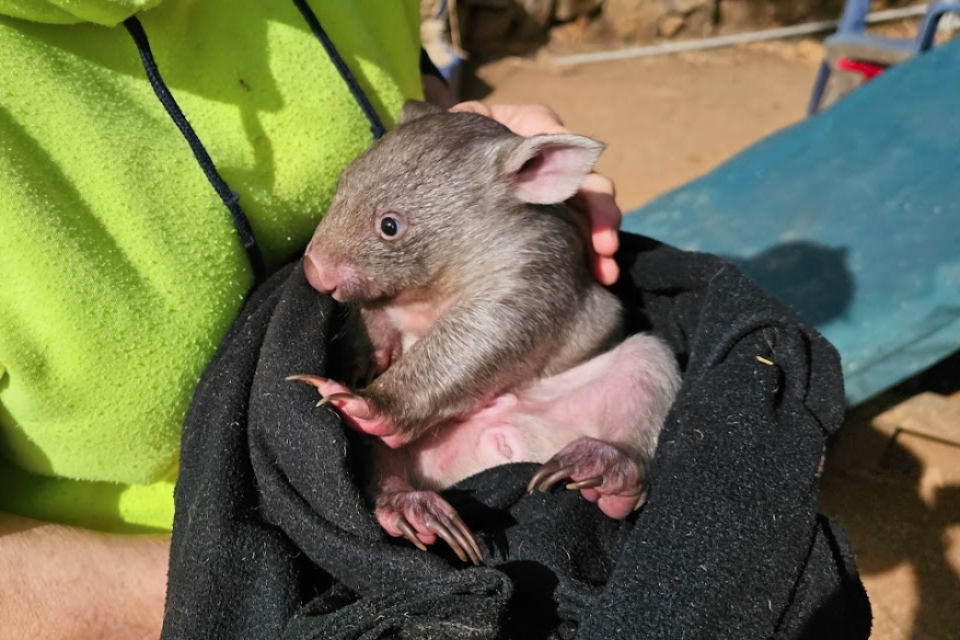
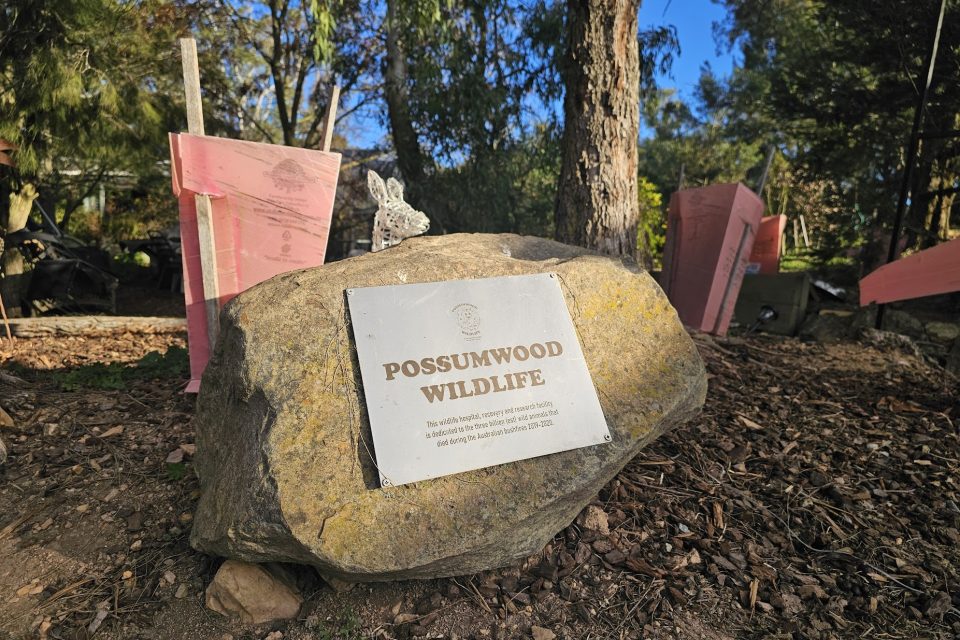
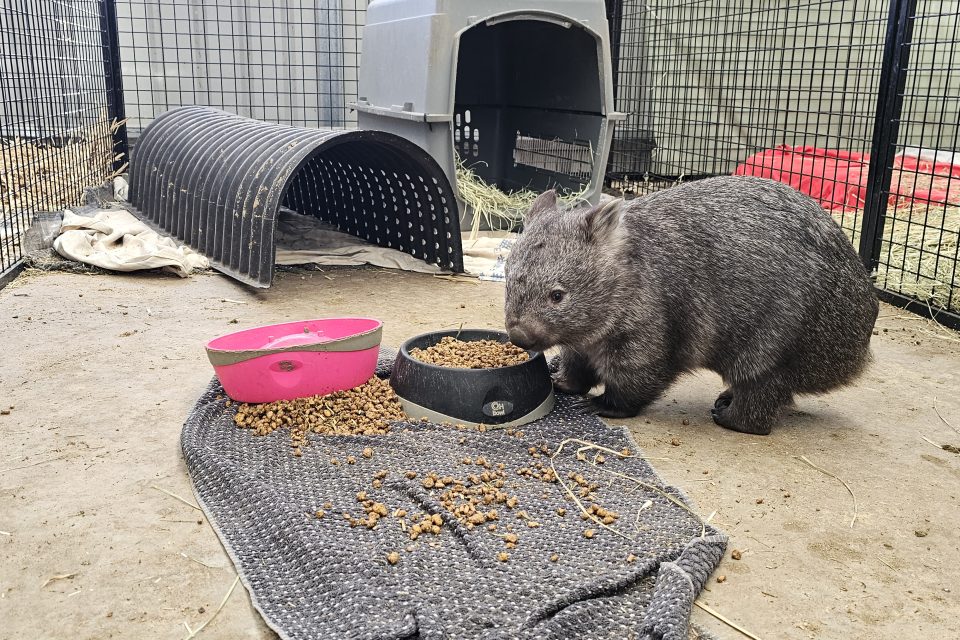
“We want to cover the whole gamut, from generalist to specialist” says Professor Garlick.
“The ordinary person who might come across an injured animal and wants to know what to do, landowners who need to coexist with wild animals, young people who care about animal welfare, right through to veterinary experts and the international community.”
Perched in prime position on the hilltop, the new Possumwood Learning Centre is inspiring already, with sweeping views over Lake George, Bungendore, the Budawangs and the Brindabellas, and with Canberra and Black Mountain Tower as its backdrop.
Of course, going the extra mile to give animals a second chance comes with challenges. As a not-for-profit facility run on donations, volunteers and personal sacrifice, Possumwood pours everything into animal care, leaving little time or energy for fundraising.
“These animals don’t have wallets in their pockets,” Professor Garlick jokes.
“I managed to get some funding for the building, but now it needs a fit-out. There is so much that needs to be known, and so many different folk that need to know it. We want to ensure that knowledge is shared, so we are prepared for the next trauma event.”
As I was leaving, we crossed paths with Dr Austen, gently cradling a baby wombat just rescued from its dead mother’s pouch. Spared a slow death or becoming fox bait, it was instead beginning its journey toward recovery and release. It was a timely reminder of what’s at stake.
The fires taught us what happens when we wait too long. Possumwood is showing us what’s possible if we prepare.
For more information, donations or volunteering opportunities, visit Possumwood or follow them on Instagram or Facebook.
Original Article published by Hayley Nicholls on Region Canberra.



